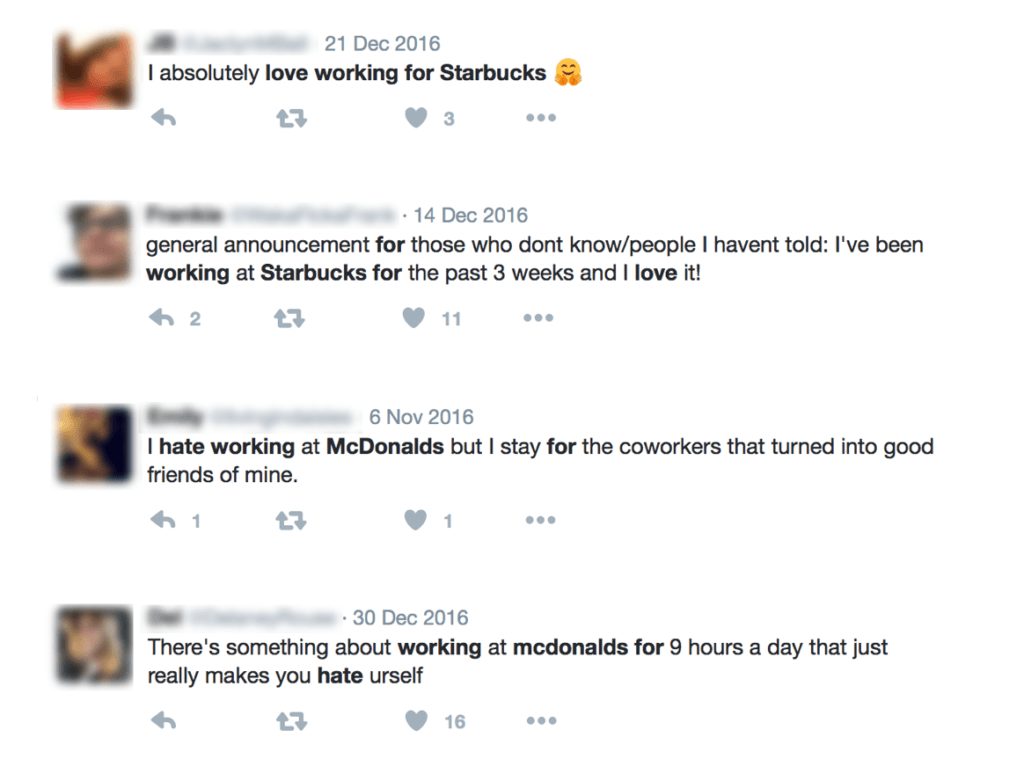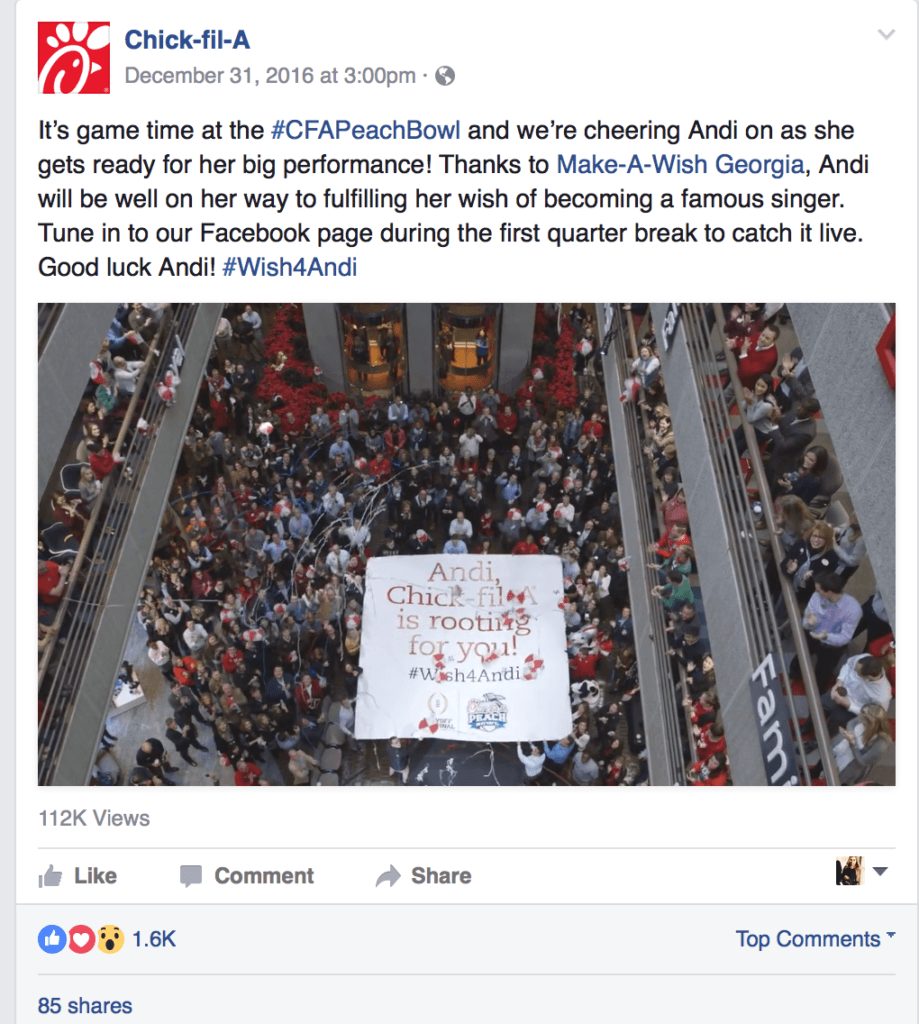The launch of Shake Shack’s first Korean franchise was a restaurant operator’s dream. Guests lined up hours in advance of the opening (some all night) to try the burgers at the latest outpost, nestled on Gangnam’s main thoroughfare in South Korea. The draw, at least according to most of the diners interviewed by Korean media, was word of mouth. News of the opening spread through social media, reaching a fever pitch that never quite died down. More than a month-and-a-half later, the Seoul location was still serving roughly 3,000 customers daily, or about four burgers per minute.
The fervor of a new Shake Shack location is rivaled only by the brand’s valuation, which sits somewhere around $1.4 billion. That works out to approximately $16.5 million per store — leaps and bounds ahead of rivals like Chipotle ($7.6 million) or Panera ($2.6 million). True, Shake Shack’s valuation is lofty, but it’s illustrative of a greater point: earned media can be a godsend for investors.
FOR RESTAURANTS CHAINS, EARNED MEDIA EQUATES TO PURPOSE

The most valuable brands in the world all have one thing in common: a purpose that resonates with consumers. Being written or talked about by someone other than yourself lends a brand a sense of credibility and resonance. It also helps boost staff morale and makes the team proud of where they work.
Look at Starbucks, whose legions of employees are proud to work of their company, thanks to its mission to “inspire and nurture the human spirit”. Many fast-food workers, meanwhile, aren’t as proud to tout their occupation. Who can blame them? It’s hard to take pride in a company that’s ineffective at spreading positive brand awareness and engaging associates.
Storytelling is one of the most important skills for a brand. Not actively brainstorming ways to drive publicity — or setting a long-term plan to keep the drumbeat going — all but guarantees word-of-mouth will die out. A restaurant has to become something worth talking about.
EARNED MEDIA CAN BE A MORE EFFECTIVE FORM OF PR THAN PAID MEDIA

Word-of-mouth trumps a paid advertisement any day of the week. Anyone can buy an ad, but not just anyone can get written about. Studies suggest 92% of global consumers trust earned media above other forms of advertising, with word-of-mouth driving 20% – 50% of consumer purchase decisions. And earned media succeeds 10 – 15% more than paid media in terms of lead generation. Earned media is the most influential sort of PR. It not only engages brand advocates and fans but they, in turn, influence others. This is especially important for franchise systems growing an investor base. That influence also helps those looking to attract talented people and prized locations.
Public relations might seem overly vain, but an effective media relations campaign can actually be quite subtle. PR is also more effective at engaging a brand’s audience via social media networks than a traditional paid advertisement.
The success of fast food chain Chick-fil-A demonstrates how integral earned media can be. Chick-fil-A’s average unit volume (AUV) in 2015 was nearly $3.5 million — more revenue than any other U.S. fast food chain (KFC’s AUV was just $1 million). This, despite the fact that the chain spends far less on advertising than its fried chicken competitors. KFC, for instance, spent nearly $218 million on advertising in 2015, while Chick-fil-A spent just $73 million that same year. This means KFC spent 23% more on advertising, but Chick-fil-A had 250% the sales on a per-unit basis.
At times, Chick-fil-A’s values have caused controversy but, overall, they’ve imbued the brand with a sense of authenticity. Those values resonate with both employees (the chain is often voted among the top companies for culture and values) and customers. It touts one of the most loyal restaurant followings on Facebook, thanks to a mix of promotional messages and more personal content, like recipes from its blog, and updates about causes it supports.
In December 2016, the chain posted a video of its employees cheering on a Make-A-Wish patient before her performance at the Chick-fil-A Peach Bowl. The 14-second video was personable, contained no mention of Chick-fil-A’s product, and looks to be shot on an iPhone. It also elicited 112,000 views and 1.6 thousand likes (the same number KFC received on a professionally-edited video of its $10 chicken buckets).
EARNED MEDIA CAN HAVE A DIRECT INFLUENCE ON A BRAND’S VALUATION

Valuation multiples help investors decide whether to buy or sell. A company’s multiple is affected by its perceived growth, risk and uncertainties, and investors’ willingness to pay. That multiple is partially generated through a brand’s story. Shake Shack shares trade at a valuation of 26 times enterprise value to 2017 EBITDA — versus its peer group at 14 times. There’s certainly an argument to be made that Shake Shack is overvalued. But at the height of the fever, it made some sense. Everyone was talking about better burgers, so of course it would be worth more.
To the institutional investor who prefers to keep the same multiple when modeling an exit case, earned media can be a tool to demonstrate that valuation multiples can actually be increased during the holding period. Those looking to invest in a company need to be assured that there’s an opportunity to grow the business. That opportunity becomes more clear when an investor can say, “People are talking about this — just think of all that you could do with it.”
Improving a company’s profitability and performance is, of course, paramount. In our past work, we’ve found that earned media can also increase the multiple at which a company is sold. Essentially, earned media is a fairly speedy and proven way to drive a valuation higher.
SOUNDS EASY ENOUGH. SO WHY AREN’T MORE PEOPLE INVESTING IN EARNED MEDIA?
To be fair, failing to invest in earned media is a common restaurant marketing mistake. Restaurant chains often don’t grasp the full value of earned media. Without the full support and buy-in of the company, it’s difficult to put a media relations strategy into practice (or even formulate one in the first place).
Earned media is the vehicle that compels people to patronize a brand or buy a product. Why buy advertisements claiming you have great burgers when you could instead prove it — all without buying a single ad? But that’s often easier said than done.
Fortunately, those with the right industry expertise can guide chains through the process. The modern digital landscape gives every restaurant chain the opportunity to tell its story. But first, that message must be crafted and honed. For a business to stay competitive, creating awareness is key. Formulating effective earned media strategies will not only enhance a brand’s reputation, but increase its bottom line, as well.
* * *
ABOUT AARON ALLEN & ASSOCIATES:
Aaron Allen & Associates is a leading global restaurant industry consultancy specializing in growth strategy, marketing, branding, commercial due diligence for emerging restaurant chains and prestigious private equity firms. Aaron has personally lead boots-on-the-ground assignments in 68 countries for clients ranging from startups to multinational companies. Collectively, our clients around the globe generate over $100 billion annually and span six continents and more than 100 countries.

